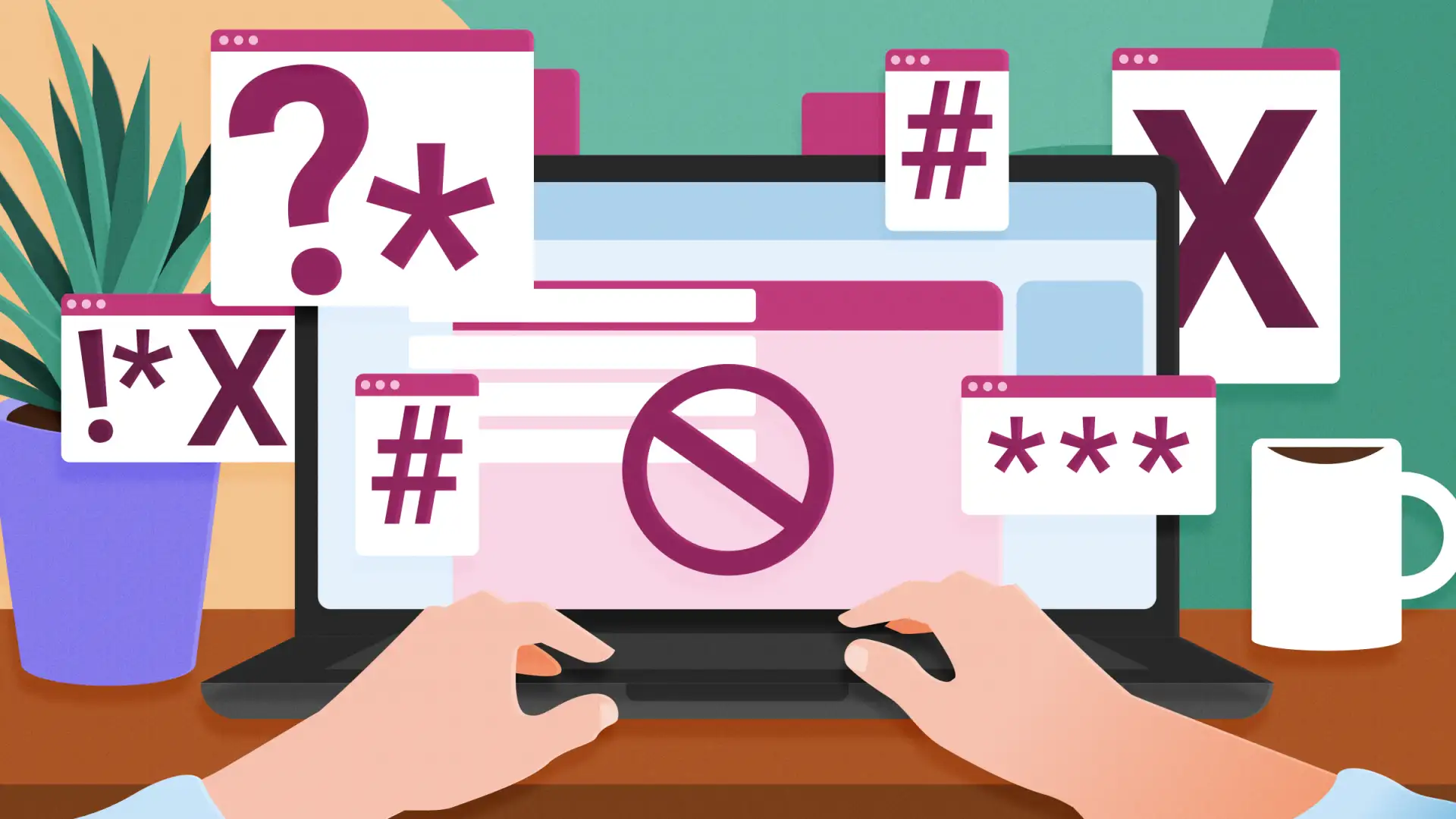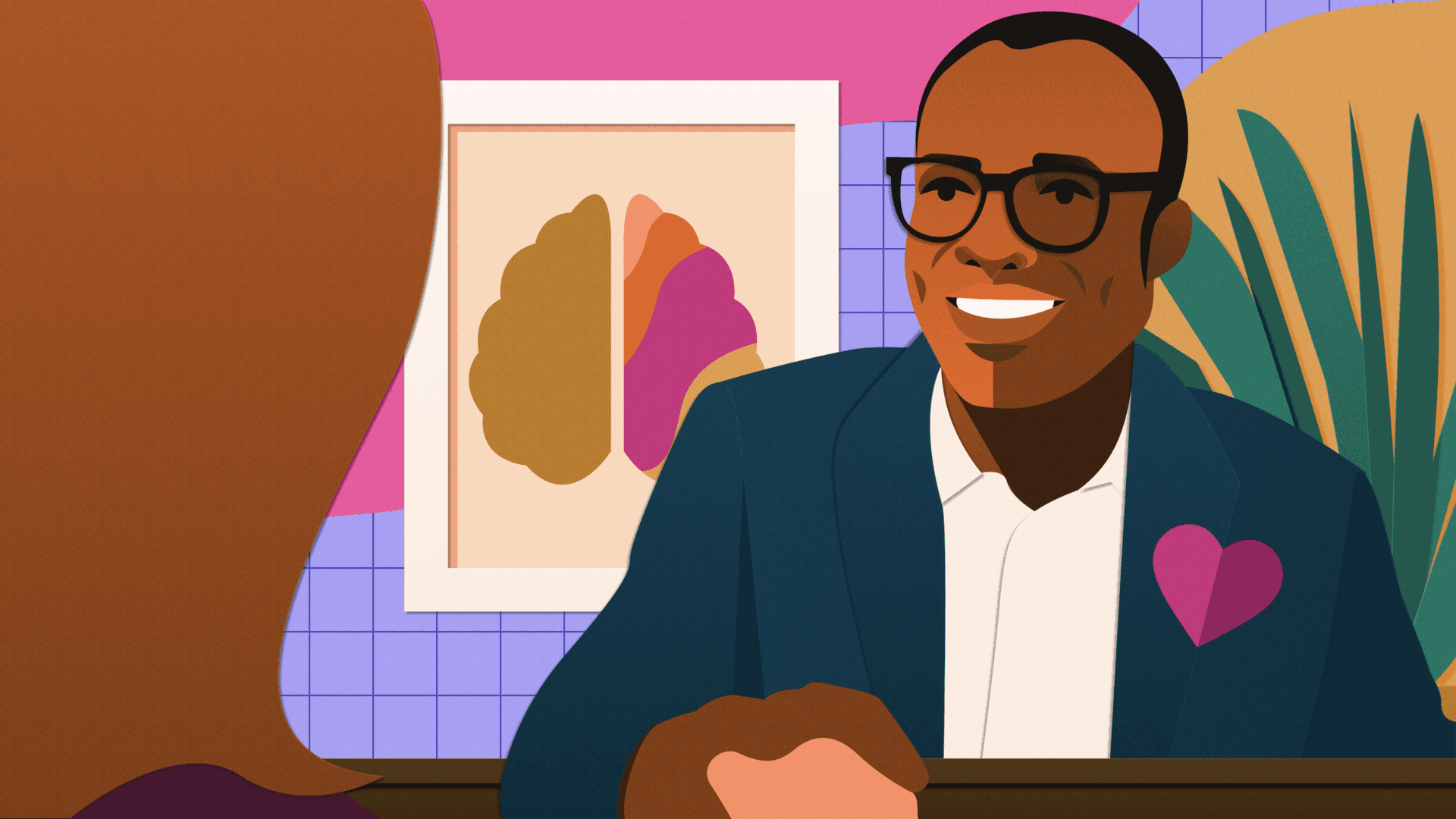It was September 2020. The COVID-19 pandemic’s second wave had taken a terrible toll. Job losses were starting to slow, but the damage to communities and businesses was widespread and deep. Despite cases leveling off, the expected devastating third wave that would arrive with winter was at the door.
Like many organizations in other fields, Indeed was looking for creative ways to help people get back to work as the job market recovered from losses in the first half of the year. We finished planning the imminent launch of a virtual hiring tour across the four regions of the U.S., part of Indeed’s effort to enable thousands of employers and job seekers to connect and conduct virtual interviews through our hiring events product.
Teams across Indeed recognized the need to adapt and meet the challenges created by the pandemic. For our virtual hiring team, that meant supporting Indeed’s transformation from a candidate-sourcing channel to a platform that could help employers screen, interview, and hire qualified applicants. But we didn’t have a vision for what to do when the virtual hiring tour ended. We needed a long-term strategy for how employers and job seekers could conduct virtual interviews on Indeed.
Enter Indeed’s Hiring Platform.
This project taught us what it takes to realize a new vision and improve experiences for our users. These lessons might help your team, too.
Lesson 1: Start with outcomes
As a UX Director, I was tasked with leading a project team to develop a two-year vision for the Hiring Platform while the core product team worked on launching the minimum viable product (MVP). We had 10 weeks to deliver our work to senior leadership.
We summarized our vision for the charter with a simple question: What’s the best hiring experience we can provide employers and job seekers as we automate sourcing, screening, and scheduling interviews on Indeed?
The goal: Help employers more efficiently find qualified candidates, while also deepening human connections with job seekers and reducing administrative costs.
This aspirational statement provided a good foundation, but we wanted to drive tangible outcomes from the vision work. At the end of this project, with leadership’s support, we wanted to see:
- Research-validated features on product roadmaps
- Increased adoption, engagement, and retention of the Hiring Platform by employers
- Increased number of (screening and evaluative) interviews conducted on Indeed
- Increased % of positive experience reported by job seekers and employers
- Increased % of hires attributed to Hiring Platform as reported by employers and job seekers
“Research and design were focused on producing validated concepts that would influence roadmaps directly. This meant rigorous documentation of how research and behavioral science findings influenced design concepts.”— Rachel Rosenberg, Behavioral Scientist
In Retrospect
If decision-makers at your company support your big vision for improving a product experience, make sure they commit to collaborative roadmaps informed by research and design teams. While our vision influenced how we prioritized certain features in 2021, only time will tell how much our main goal led us to improve the lives of employers and job seekers by automatically connecting them directly on Indeed for a screen or interview. The impacts of intended outcomes aren’t always immediately evident, but it’s a good idea to aim high and continue learning from collaborators.
Lesson 2: Align early and often
Align at the starting line
After initial presentations, our team decided to focus on finding more specific ways to define, document, and set useful boundaries. It was clear we needed a detailed approach to getting on the same page.
We interviewed 25 leaders in 6 days. We asked hard questions and got answers that required follow-ups to resolve:
- Who is the target customer?
- What should the minimum viable product (MVP) be?
- How should it evolve over time?
- How should it connect and/or augment other Indeed products?
We presented our findings to the leadership team in a simple two-column table that showed where they were and were not aligned on the future of the Hiring Platform. This helped the vision team build a compelling two-year action plan informed by leadership’s expectations.
“The vision project was a unique opportunity to work with a group of incredibly agile, cross-functional team members united by a common goal. The group was dedicated to swiftly tailoring the solution in real-time as findings were uncovered through conversations with leadership, product stakeholders, and most importantly, our customers.” — Kelsey Hisek, UX Designer
In Retrospect
Show how new products and features shaped in a vision project connect to the entire business. Start with visualizing at a strategic high-level, then map it out at a tactical level.
Realign as often as needed
Throughout the project, we provided regular status updates to leadership and other teams involved. By bringing key stakeholders and leadership directly into research studies and design reviews, we encouraged a deeper level of support. Ultimately, this helped us reach our initial goal.
Our work achieved additional benefits, such as:
- Tighter iteration cycles for collaborating with our UX functions
- Easier consultation with new subject-matter experts mid-cycle
- More consistent interim delivery of product options to route jobs to the Hiring Platform for the launch of the MVP
“Cross-functional collaboration was consistent while we synthesized research and iterated on designs for our employer and job seeker stories. We were able to pivot swiftly and share cohesive concepts that reflected complete alignment between UX design and content strategy.” — Nick Bachan, Content Designer
However, despite our efforts to align often with leadership and subject-matter experts, the vision team iterated with leadership stakeholders for six additional weeks. After we completed the project at the end of January 2021, we continued consulting on the product roadmap prioritization efforts for Q2 2021 and H2 2021, as needed.
In Retrospect
We experienced some communication challenges along the way, but the team prioritized important feedback from leadership and key stakeholders at every stage. Our hyper-collaborative and adaptable resilience produced a deliverable we were proud of.
Lesson 3: Make strong plans, hold them loosely
Our team started with robust resources and project plans that needed to be revised as new information and scope considerations came along. But we knew we’d need to be flexible as we encountered new user needs and team limitations.
Building the vision team
As part of defining the project, we assembled a 12-person team which consisted of designers, researchers, writers, front-end engineers, and project managers to execute our plans. As the project changed, we brought in 12 additional peers to help accelerate the project and field our expanded scope of work. Sure, we needed more time than we initially thought, but we found an effective way forward.
Pivoting to maximize output
I drafted a dual-track project plan before the team was assigned to the project. Some team members contributed to only one track, but most contributed to both. Despite the heavy planning upfront, the researchers adapted the plan to improve the sequence and output of their work.
Track 1 focused on discovering problems and opportunities, like:
- Interviewing stakeholders
- Summarizing existing research insights
- Identifying key behaviors, hypotheses, and psychologies
- Analyzing eight existing quant surveys and launch two new ones
- Collating evidence of user problems to tasks and features
Track 2 focused on prioritizing features and testing prototypes, which meant:
- Creating guiding principles
- Building a task-and-feature matrix
- Prototyping and testing concepts for employers and job seekers
- Exploring unhappy scenarios and scheduling dynamics
“The project was kicked off with a comprehensive, well-documented plan. This plan, while extremely detailed, was not a directive. Since our team was small and our timeline was extremely condensed, we crafted a new research plan that allowed for quant, qual, and behavioral science researchers to work simultaneously across multiple initiatives. We were able to divert from the initial plan as needed.” — Karen Kerno, UX Researcher
For our cycles of prototype testing, we reached out to peers who had run recent vision projects to learn what methods worked best and what pitfalls we could avoid. We selected an adapted RITE (rapid iterative testing & evaluating) model, which worked extremely well. When you’re looking for the right methods, consider what’s already worked and see if you can build those solutions into your own process.
In Retrospect
We could have maintained a tighter scope of work focused on the most important problems to avoid cycles of expanding our concepts into tangential areas or to advocate for follow-on phases of vision work. No initial plan is perfect. Setting up a recurring time to review original plans, progress to date, and new input that might alter the direction and timeline is ideal. Our team stayed adaptable as we received new feedback and requests for scope expansion.
Lesson 4: Iterate in the light of day
The team collaborated at every step of the project. This was no easy feat since we had tight timelines for each round of iteration and a number of potential stakeholders to involve. Here, some of the team members reflect on what it meant to consistently iterate on design and research in a spirit of hyper-collaboration and transparency.
“We collaborated more frequently, and more effectively, as a team during the project than I have ever experienced working on anything at Indeed. The team had the incredible opportunity to explore all kinds of possibilities for the future of Indeed’s interviewing experience. We were able to iterate rapidly and in alignment with each other and our stakeholders. This enabled us to deliver a powerful, strong, and valid vision.” — Mike Hall, UX Manager
“Despite the fact that things were changing every day, every hour, and there were far too many cooks in the kitchen (stakeholder-wise), the core team iterated openly, sharing and discussing almost constantly as we progressed through the project. The open lines of communication, clarity in our roles, and willingness to collaborate is what made this possible.” — Karen Kerno, UX Researcher
“From the beginning, the team was open to sharing in-progress work and walking others through their ideation processes. Being able to see prototypes, mocks, and content guidance come together as a group made each individual aspect of the project stronger.” — Nick Bachan, Content Designer
“Working on the exploration of how Hiring Platform would be integrated within the Employer Home helped me understand how different teams coordinate & collaborate to create a unified experience which helps shape future projects & objectives.” — Daniella Valerio, UX Designer
In Retrospect
It can feel vulnerable to work openly and welcome consistent feedback. But creating a structure for feedback from external stakeholders can reduce excessive iteration cycles, whiplash, and burnout. While our vision team’s superpower was hyper-collaboration, transparency, and resilience, enduring 16 weeks of scope additions and pivots was a heavy burden.
Realizing the vision
Thanks to the vision project, our collaborative team shaped the future of the Hiring Platform. These lessons will influence the way I approach future vision projects, and our team is proud of what we accomplished:
- Expanded a version of the MVP to launch in the U.S. market and the future of the Hiring Platform
- Delivered recommendations to Indeed product teams to support opting their jobs into the Hiring Platform to accelerate growth after the MVP launch
- Influenced long-term strategy and prioritized capabilities for the 2021 and 2022 roadmaps
- Stronger collaboration between Hiring Platform and other employer-focused and job seeker-focused product teams
- Accelerated improvements for job seeker’s interviewing experiences on Indeed
Despite the fatigue from work required by this 16-week project, this experience helped our team improve the way we work together. We’re proud of the vision we created to evolve the Hiring Platform that makes it faster and easier for employers and job seekers to start a meaningful conversation.





